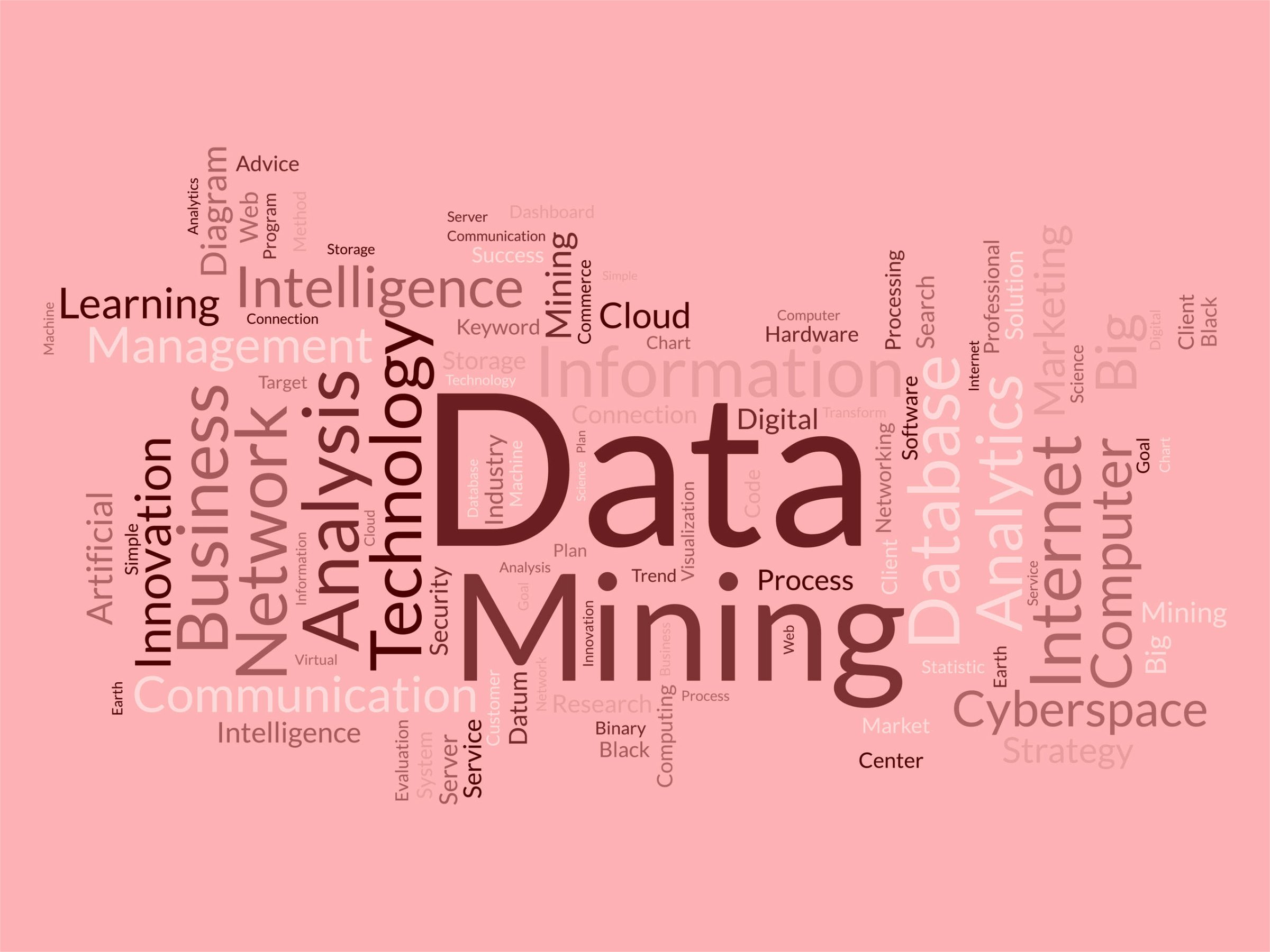In a world brimming with data, there is a hidden treasure trove of insights that is waiting to be discovered and used. We live in a world now, where data reigns supreme and organizations are harnessing the power of data mining to extract valuable gems from vast datasets.
But how do we process the data? How do we filter TBs of data to find meaningful insights?
This is exactly where data mining comes into the picture. It is the power tool that can help businesses process the data and leverage it to make critical business decisions. Let us talk about key points that make Data Mining ever so important and explain its effectiveness beyond industries.

Improved Decision-Making
Data mining enables organizations to make informed decisions by extracting valuable insights from large datasets. By analyzing historical data and identifying patterns, businesses can better understand customer behavior, market trends, and operational inefficiencies. With this knowledge, organizations can optimize their strategies, streamline operations, and make data-driven decisions that lead to enhanced performance and competitiveness.
Enhanced Customer Relationships
Data mining helps organizations gain a comprehensive view of their customers. Companies can use the data to personalize their offerings and tailor their marketing efforts by analyzing customer data, such as purchasing patterns, preferences, and feedback. This leads to improved customer satisfaction, increased customer loyalty, and, ultimately, higher revenues. Data mining also helps identify and target potential customer segments with relevant promotions or products, improving overall customer relationships.
Fraud Detection
Data mining plays a crucial role in fraud detection and prevention. Organizations can identify suspicious patterns or anomalies that indicate fraudulent activities by analyzing vast amounts of transactional data. This is particularly relevant in the financial sector, where data mining algorithms can detect fraudulent transactions, credit card fraud, or insurance scams. Businesses can protect themselves and their customers from potential financial losses by identifying and mitigating fraudulent activities.
Forecasting and Predictive Analytics
Predicting future trends and outcomes by analyzing historical data patterns becomes a possibility with data mining. With it, organizations can forecast sales volumes, demand patterns, and market trends by identifying correlations and trends. This kind of information helps businesses optimize inventory management, production planning, and marketing strategies. Accurate forecasting leads to cost savings, improved efficiency, and better resource allocation.
Competitive Advantage
Accurate data provides a competitive edge to businesses. By analyzing market data, customer preferences, and competitor behavior, companies can identify opportunities, anticipate market shifts, and develop strategies to stay ahead of the competition. Data mining empowers businesses to make proactive decisions based on real-time insights, giving them a significant advantage in rapidly evolving markets.
IBI – Global Research Solutions understands the importance of data mining and has incorporated it into its research methodologies since the beginning. By leveraging advanced data mining techniques, IBIGRS can provide clients with comprehensive and actionable insights.
Whether it’s market research, customer behavior analysis, or trend forecasting, IBIGRS utilizes data mining to extract meaningful patterns and trends from complex datasets. IBIGRS helps organizations make strategic decisions and stay ahead in their respective industries by harnessing the power of data mining.
Data mining has become essential for organizations seeking to make data-driven decisions, improve customer relationships, detect fraud, forecast trends, and gain a competitive advantage. As technology advances, data mining will continue to evolve, offering even more sophisticated techniques for extracting valuable insights from the ever-growing sea of data.




